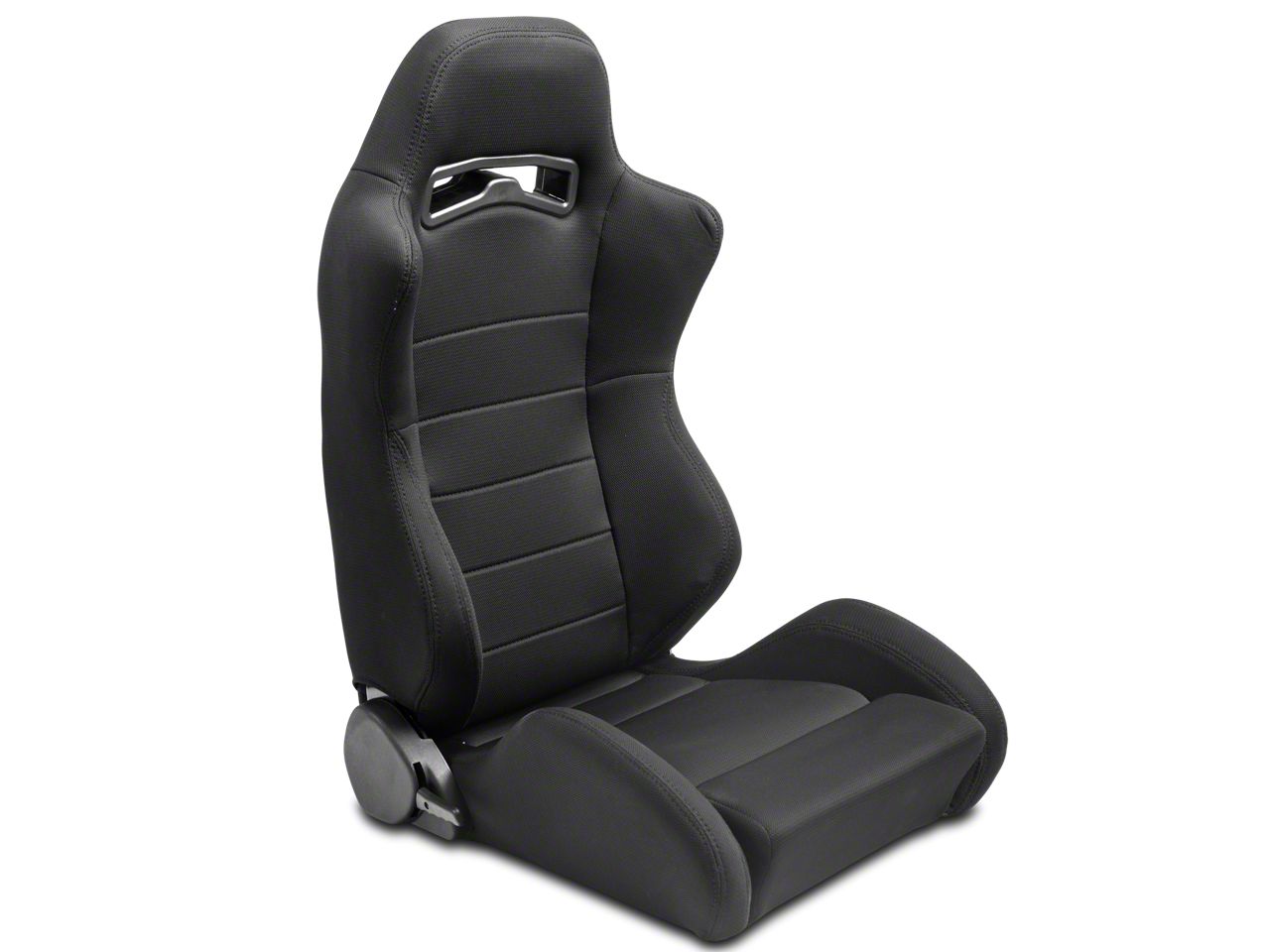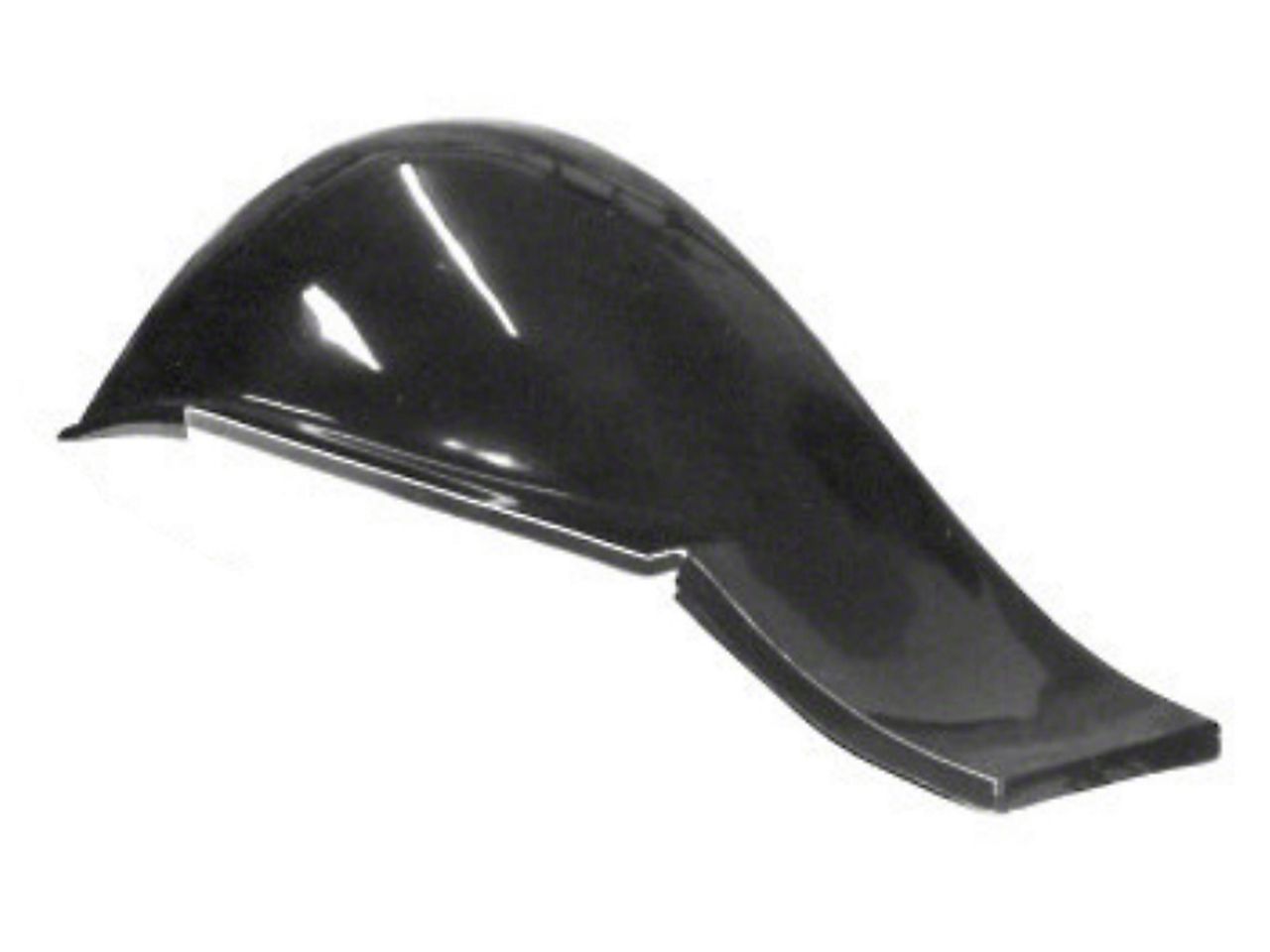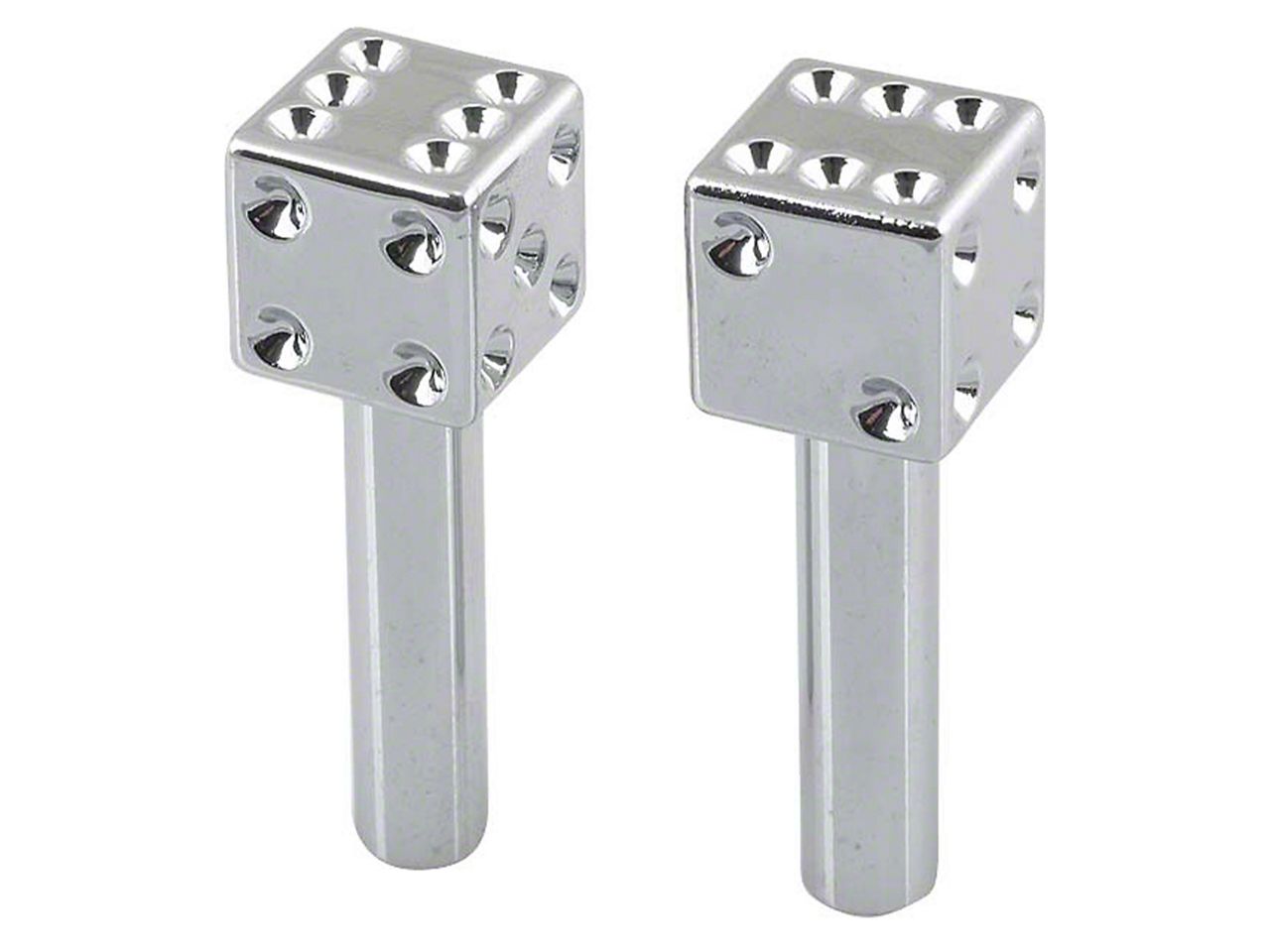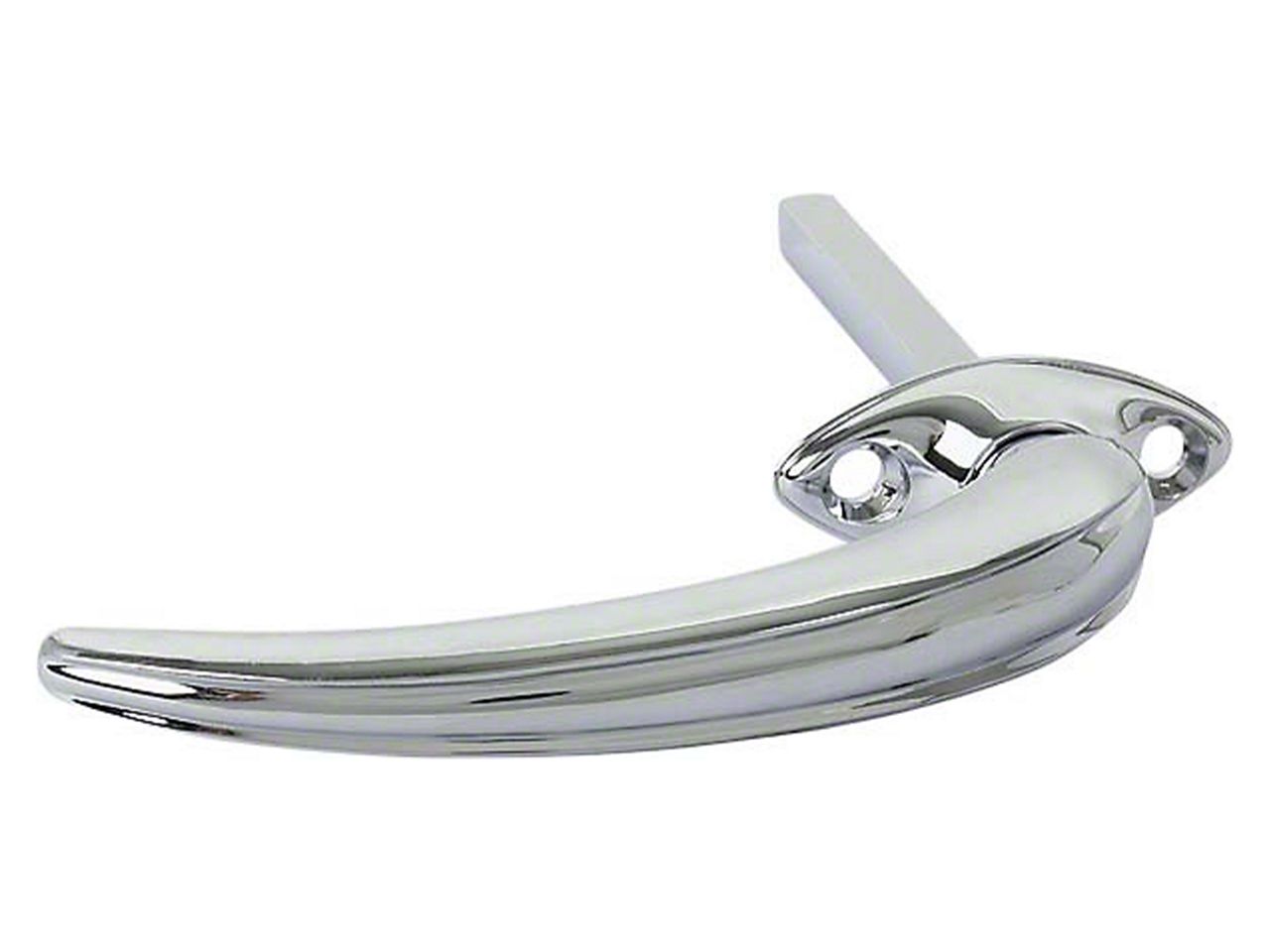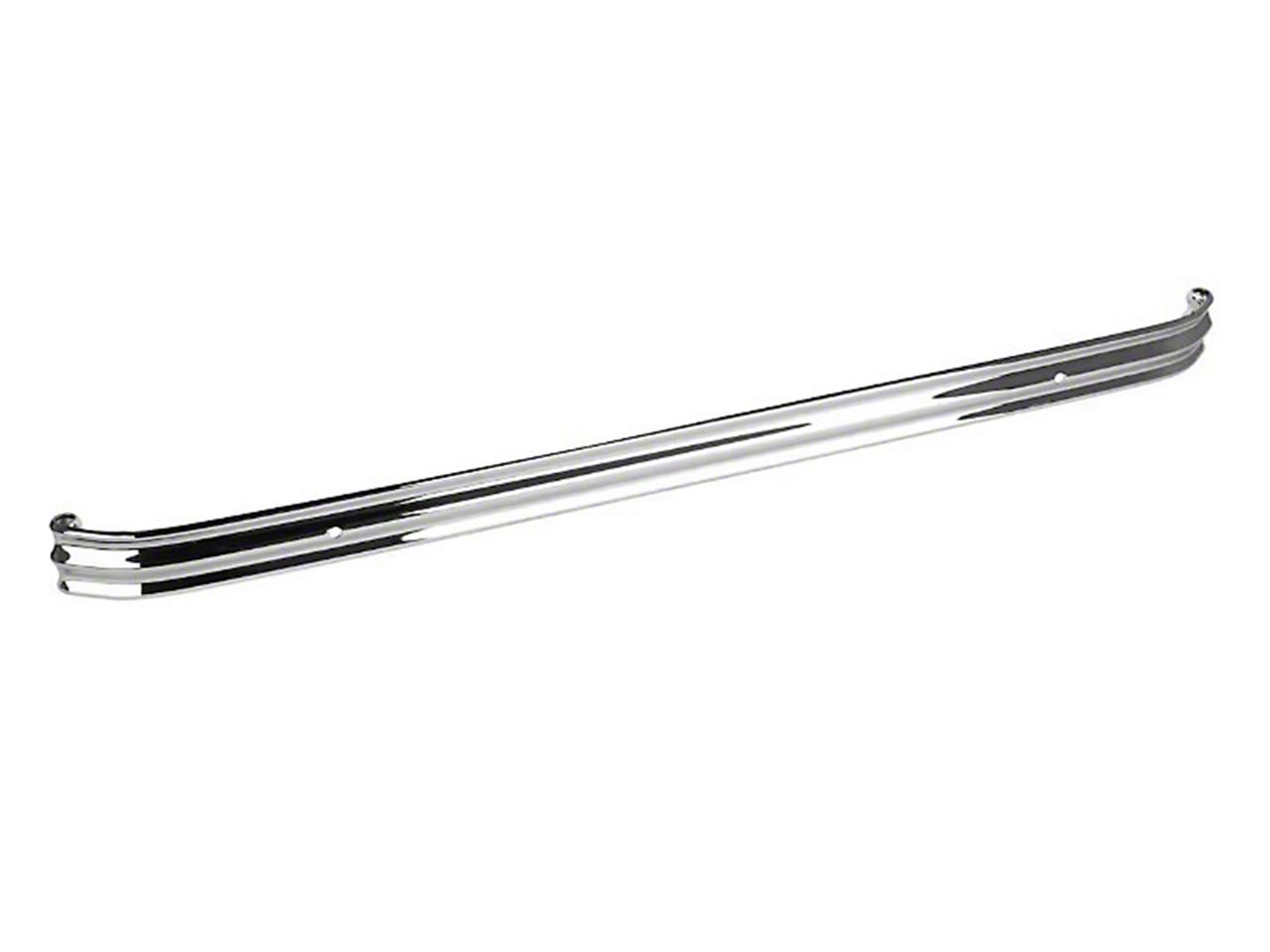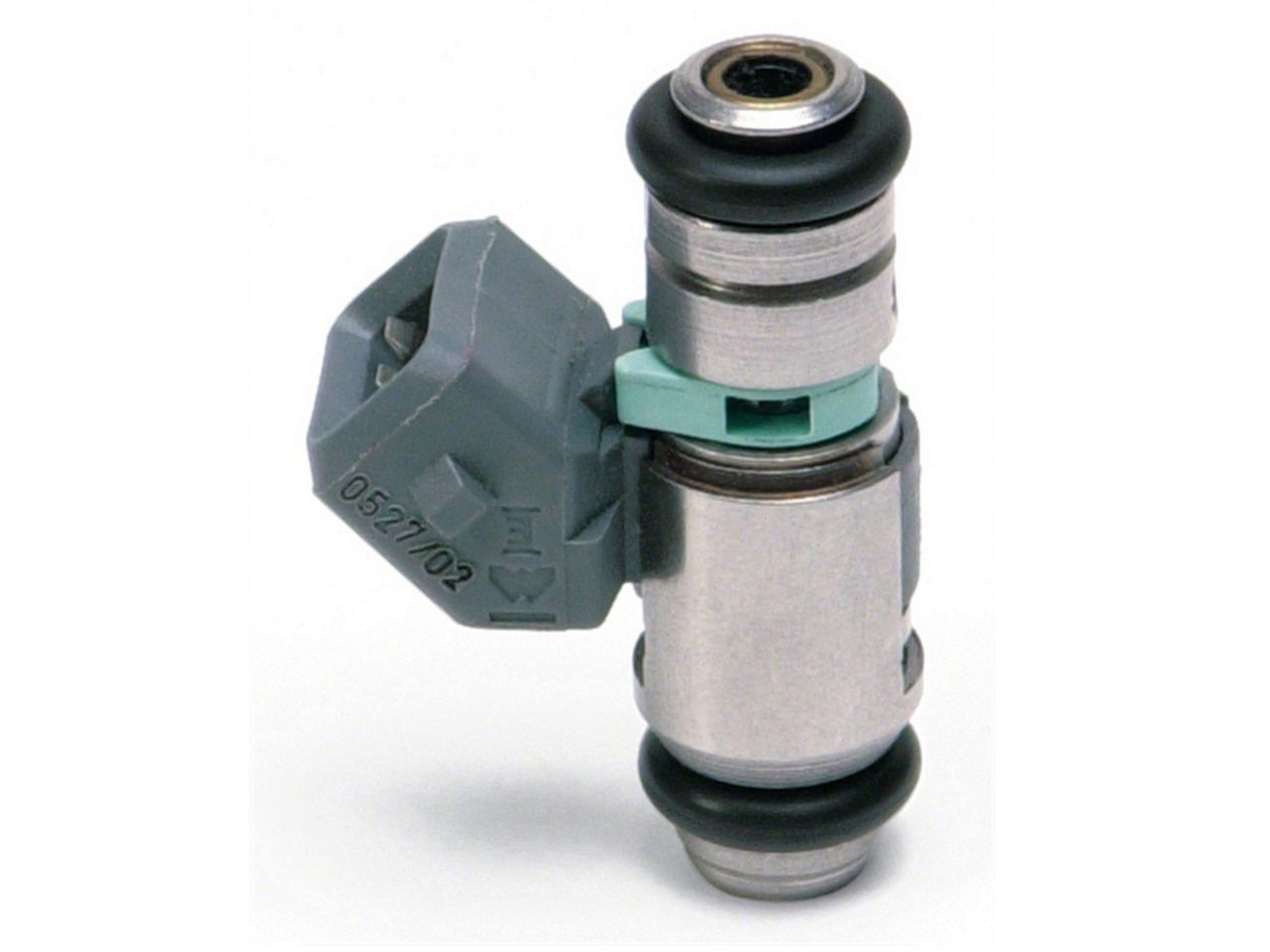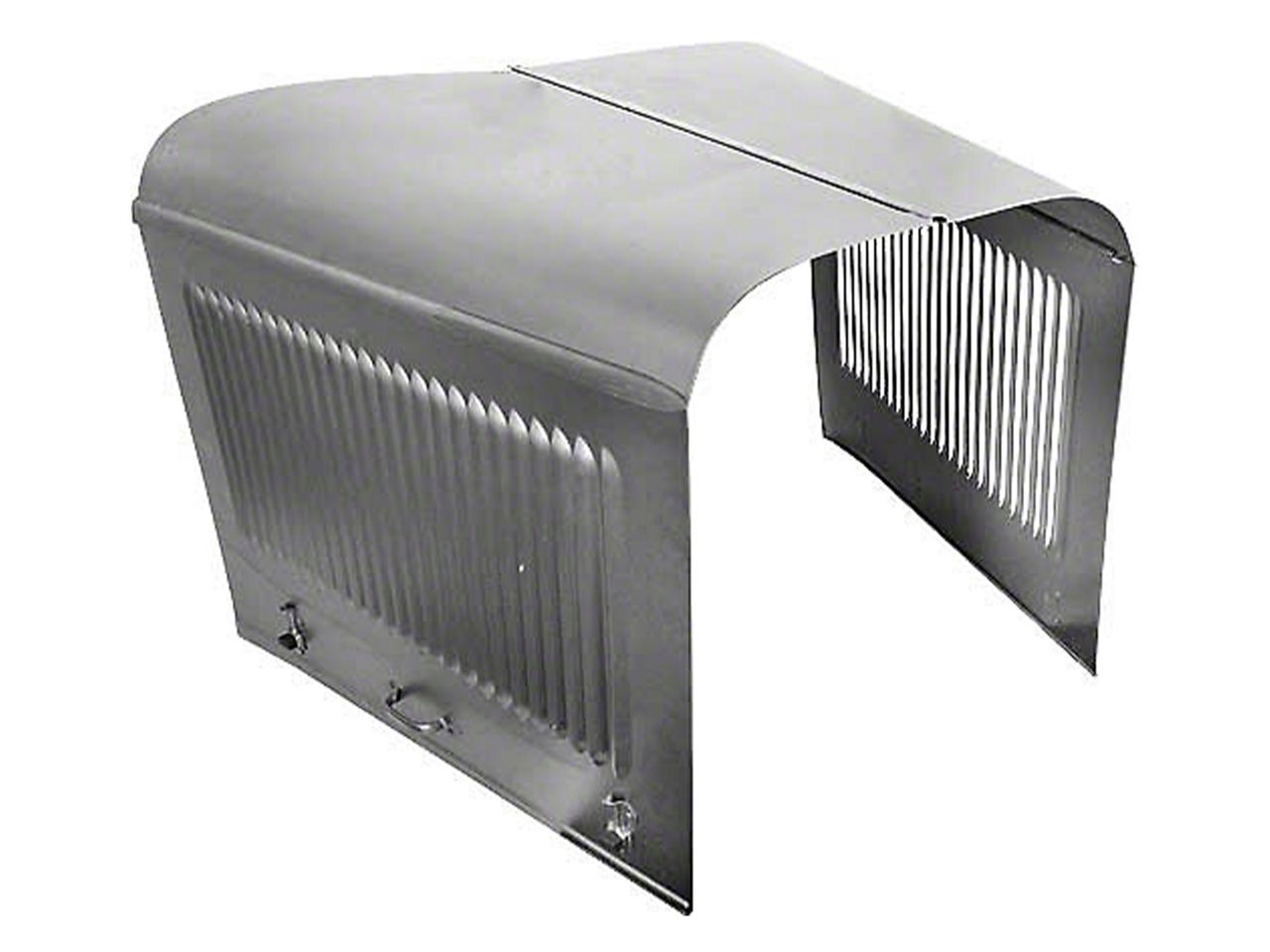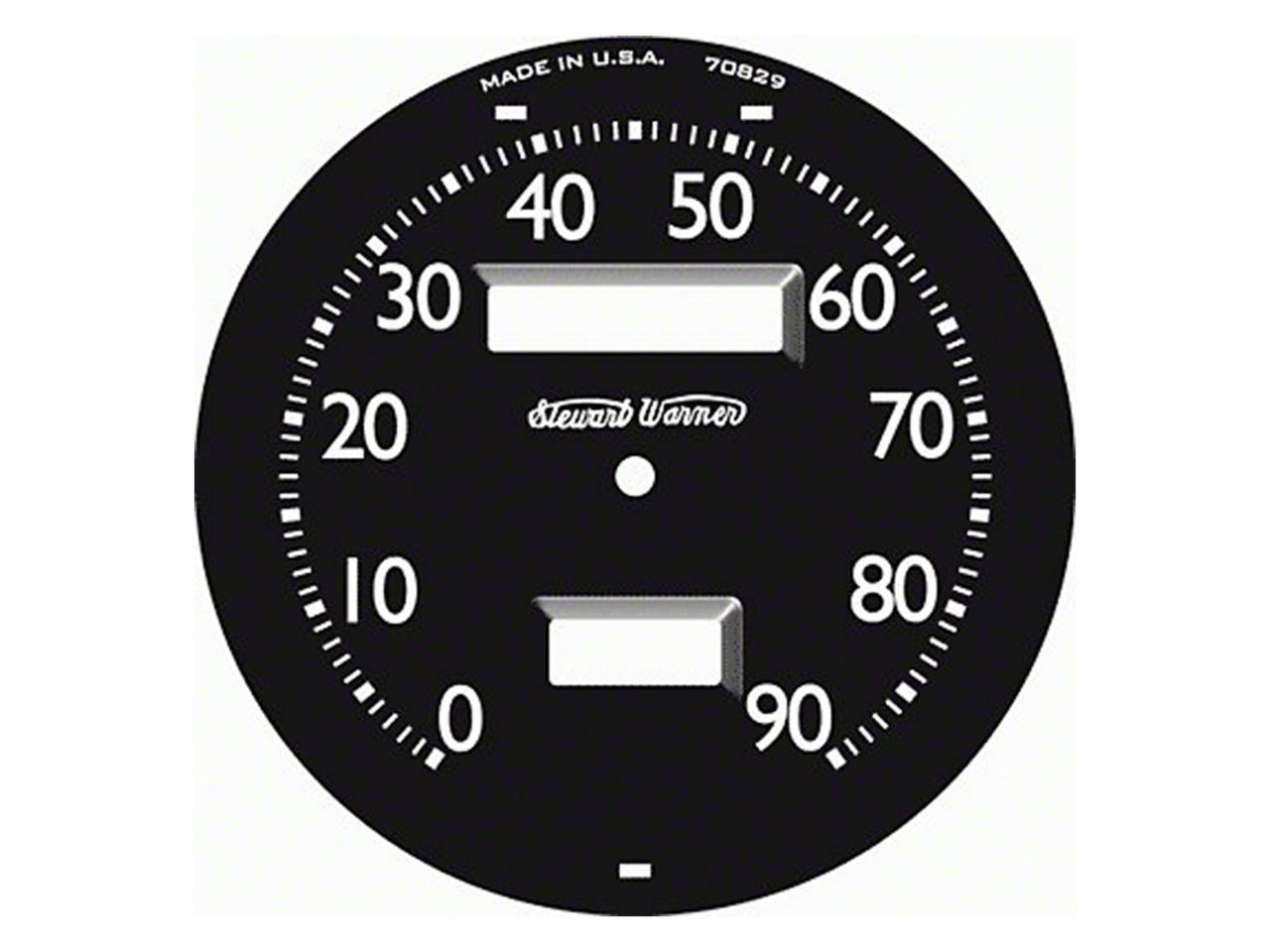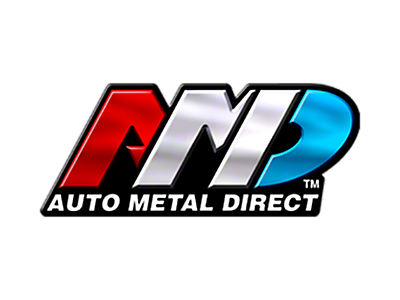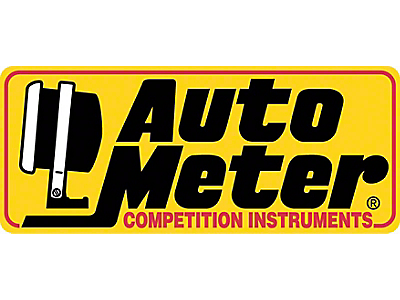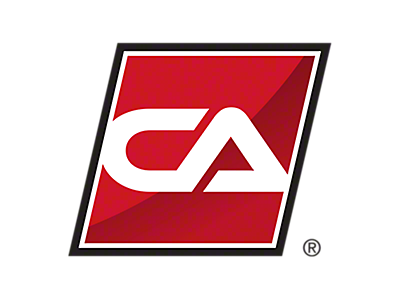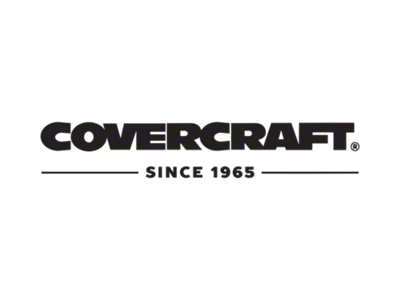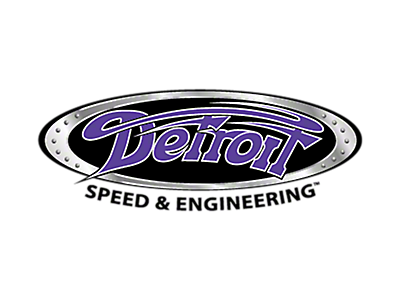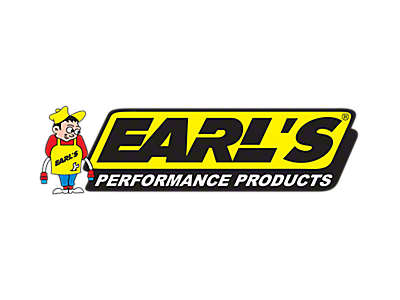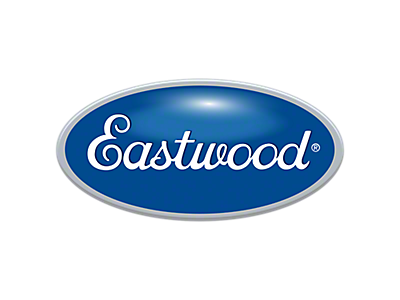'Ford Early V8 HISTORY Ford Early V8 History In late 1929, Henry Ford, considering the production of his own V8 engine, instructed engineer Fred Thoms to acquire as many available eight-cylinder engines as possible. At that time, most of the eight-cylinder engines were found in high-end automobiles such as LaSalle, Cadillac and, acquired by Ford in 1922, Lincoln. Ford intended to study the design of the engines and use his research to develop a cost effective V8 that could be mass-produced. 1932-1947 Ford Pickup 1932-1947 FORD PICKUP HISTORY One of the most popular collectible cars every produced Although Ford had been producing factory made pickup trucks since 1925, the changes made to the truck line in 1932 would set Ford apart from its competition and establish the auto maker’s reputation as a builder of powerful and sturdy work vehicles. The most significant change in the 1932 truck line occurred under the hood. Facing competition in the pickup truck market from the Chevrolet 6-cylinder engine, Ford decided to take a gamble, and offered their newly designed Ford Flathead V8, originally slated as an option for passenger cars, in their truck line. The decision would prove to be a popular one with the buying public. The 4-cylinder engine was still offered as an economy option, but would eventually be phased out due to low demand. Unlike the Ford passenger cars of the era, the trucks of the 1930’s would not receive many radical styling changes. Spartan interiors and a design that focused on functionality over style would be the standard for a line that would see only minor changes for the next few years. The next noteworthy change in appearance occurred in 1935. Styling changes for both the passenger car and truck line found favor with potential buyers, increasing sales for Ford. The trucks borrowed some design cues from their passenger car cousins and featured a slanted-back grille and windshield, tapered headlight housings, and curvaceous, skirted fenders. In 1937, in an effort to reintroduce an economy engine, Ford offered a downsized Flathead V8, down to 136 cubic inches from the standard 221 cubic inches, as an option. The 1938 pickup included a new updated cab and bed, a large oval grille, and generously rounded front and rear fenders. As the decade closed, Ford, coerced by competition and public pressure, introduced hydraulic brakes for the first time in 1939. With the arrival of the 1940’s, Ford pickup trucks and passenger cars shared styling traits closer than ever before. In 1940, the pickup truck carried such passenger car cues as a vee-shaped grille and fenders with integral headlights. Interiors were also upgraded, sharing many car features such as two-tone materials, chrome accents, and a dashboard that was more modern and less utilitarian. Once again, in 1941, Ford offered an economy engine, this time a 6-cylinder, as an option and continued to offer the Ford Flathead V8. Providing more torque than the Flathead, the 6-cylinder engine also offered better fuel economy. In the same year, Ford began production of a universal “Jeep” vehicle for the military. By 1942, Ford had made a departure from sharing passenger car styling with the truck line but shortly after the new models were introduced, the US entered WWII. The production of civilian vehicles was halted, allowing Ford to retool and concentrate on building a variety of military vehicles, including aircraft engines and bombers. When the production of civilian vehicles resumed in 1946 and into 1947, the design of the pickup remained virtually unchanged from 1942. The death of Ford Motor Company’s founder, Henry Ford, in 1947, brought the end of an era. Under the guidance of his grandson, Henry Ford II, a new direction for Ford trucks would take place, beginning in 1948 with the introduction of the standard setting F-Series. 1948-1956 Ford Pickup 1948-1956 FORD PICKUP HISTORY The Ford C-Series truck was built for work This truck series has held an quiet but iconic place in automotive history, laboring in delivery, firefighting, hauling and more. Yet collectors and those that appreciate the history of the Ford truck simply cannot ignore the Ford C-Series history. The Ford C-series trucks built before 1960 had a distinctive helmet-shape. The C-Series trucks were versions of the F-5, F-6, F-7 and F-8. Models included the C-500, C-600, C-700, C-750, C-800, C-850 and the C-900. Model designations for the diesel engine models had an extra zero, such as the C-9000. 1948 was the first generation of the Ford F-Series, known as the Ford Bonus-Built truck. The model designations were badged as F-1s. It was built with a wide cab, one-piece windshield and had the optional foot plunger operated windshield wiper (the “See-Clear”, passenger-side windshield wiper and visor, passenger-side tail light, and the optional Marmon-Herrington All Wheel Drive (which all F-Series had as an option until 1959). In 1949 the wheels were now painted to match the color of the body, and the red pinstripes on the silver painted grille bars was now gone. The floor based 3-speed shift would be moved to the steering column in 1950. Up until 1950 the headlights were nestled in the front fender, but in 1951-1952 the headlights were redesigned to be connected by a crosspiece with aerodynamic supports. The grille was ivory and the headlight rings were argent. There was a V8 emblem added to the grille as well. During this time a new Five-Star Cab was introduced and the rear window was widened, the pickup bed and tailgate got a new design and the pickup bed was now hardwood instead of metal. There were four models of F-Series truck during this first generation: The pickup truck, panel truck, COE/cab-over engine chassis (for the F-5, F-6 and branded C-Series) and the school bus chassis (F-5-, F-6 and branded B-Series). In 1953 the Ford pickup trucks got their new names. The F-1 was the F-100, the F-2 and F-3 became the F-250 and the F-4 became the F-350 1 ton. More options were available including lighter, arm rests, dome light, sun visors and radio, and the Ford-O-Matic automatic transmission was now an available options. During 1953-1954 the 239 CID overhead valve Y-block V8, the Power King, was introduced. The 239 Y-block was replaced with the 270 and 317 in 1954. 1956 F-100s are unique. The wrap around windshield and vertical pillars, the big wraparound back window (which was optional) and the now optional seat belts make this single-year model stand out. In 1957 the Ford trucks started to get a new look The vehicles started to take on a more square design. The C-series now had a new grille near the front bumper, a cog-and-lightning bolt crest, and the brand FORD spelled out under the windshield. The third generation F-Series was introduced with new front fenders that were integrated with the body and a Styleside bed. The cab-over F-Series was now discontinued and replaced with tilt-cab C-series trucks. Between 1958-1960 the C-series had a quad-headlight fascia, and then returned to the single headlight design in 1961, giving the C-series cab the look of the 1957 model. During this time Ford added a new Super Duty to the lineup. In 1959 the F-Series 4-wheel drive was introduced. Models for this year include the F-100 (F10, F11, 14) half ton, the F-100 (F18, F19, 4x4) half ton, the F-250 (F25, F26) ¾ ton, the F-250 (F28,F29, 4x4) ¾ ton, and the F-350 (F35, F36) 1 ton. In 1961 the H-Series was introduced as a way to get into the Class 8 COE market. The H-Series cab was higher and the front axle was moved forward under the driver side. The grille was larger. Nicknamed the Two Story Falcon, the H-Series had a stacked look and was produced through to 1966 when it was replaced by the new W-Series COE truck. The Ford H-Series trucks had the option of 401 cubic inch 2-barrel and 4-barrels, 477 2-barrel and 4-barrel, and 534 4-barrel Ford engines. The gas engine models were designated H or HT. Cummins engine options were also available in 674 cubic inch NH-180 and NH0195 diesels, or the 743 cubic inch NHE-180, NHE-195 or the NH-220. The NHE was an economy engine. The diesels had used the Cummins Pressure-Time fuel injection. There were also five different wheelbases offered, ranging from 126 inches through to 176 inches. The HDT-series Tandem axles were available in both 950 and 850 model classification models. 1961 was also the year of the fourth generation of F-Series trucks. With new engine and gearbox options, it was lower and longer in design, with a unibody that combined the cab and the bed. The unibody design was discontinued in the middle of 1963 due to poor sales. Some said that the doors would not open if the truck was overloaded. What did this mean for the model year? Some 1963 Ford F-Series trucks have the bed from the style used between 1957 to 1960. The 1963 and 1964 4x4 use the 1957-1960 bed. In 1963 the C-Series now had the same cowl insignia of the rest of the heavy-duty and medium-duty trucks. The diesel C-Series was introduced, along with the N-Series and the Heavy-Duty F-Series. In 1964 the flare over the rear wheel arch was lengthened to extend all the way to the taillights. During this year the 300 cubic inch 4.9-liter engine and the 240 cubic inch 3.9-liter straight 6 was introduced. The 300 would be used through to 1996. The 1965 F-Series truck would showcase a new frame, which would take hold through to 1979, while the body itself really remained unchanged for the most part. Truck enthusiasts and mechanics would note that a lot of the parts from the Ford F-Series of trucks between 1965-1979 are interchangeable. A Twin-I-Beam emblem on the front fender is seen on the 1965-1966 F-Series trucks. This suspension would be used on all of the Ford light-duty trucks and vans. A new 4-door crew-cab model was introduced in 1965. Added to the line was the Ranger, a higher level of styling package for the F-Series, with bucket seats from the Ford Mustang. 1967 was the year of the introduction of the fifth-generation F-Series 1967 was the year of the introduction of the fifth-generation F-Series. Truck buyers were introduced to a longer cab (3 inches longer) and heavier frame, new interior cab fittings, exterior trim, grille and engine selection. Trim levels were Ranger, with carpeting, luxurious plush seats and chrome trim, the Custom Cab, and the Base. The F-Series pickup truck was built on the same platform as the 1965. In 1968 the hood emblems on the F-Series incorporated reflectors and reflectors were added to the rear of the truck bed. New safety standards meant new interiors and factory-installed air conditioning was an added feature. The 360 and the 390 FE-Series engines were now available. The 352 engine was replaced with a 360 ci V8, and a 390 V8 was available. By 1969 the new 302 Windsor V8 engine would be available. The suspension components from all 1969 F-Series are completely interchangeable. This was the year the 4-door pickup truck with Crew Cab was available. Also available in for the 1969 Ford F-Series pickup was a Contractors Special package, complete with side boxes on either side of the bed and an optional 110v generator under the hood. In 1970 a new grille with wraparound front turn signals, exterior trim updates, and side marker lights were introduced. The Custom Cab trim was now replaced by the Sport Trim package and the Ranger XLT was now the best trim level. The XLT trim package included woodgrained tailgate applique, cloth-and-vinyl upholstery, and full-length lower body moldings. Also optional on the 1970 Ford F-100 XLT was a vinyl roof covering. Also available was an optional new 302 ci V8 with 220 horsepower. In 1971 AM/FM radios were now available as an option. Also new for this year was the newly designed grille insert, steering wheel design and new colors. 1972 was the final North American production year for the F-Series. The upper level trims included the option of new power breaks. A new single rear wheel pickup, the F-350 SRW was introduced. The wheelbase was longer, but the length was the same as the F-350 or F-100 pickup truck. A Camper Special package was available for the F-350 SRW. The sixth generation of F-Series premiered in 1973. Still using the 1965 revised platform, it had new front disc brakes, bigger cabin, and the gas tank positioned outside of the cab and under the bed. The air conditioning and heating was markedly better, and it had full double wall bed construction. This was when the SuperCab was introduced. The Ford F-350 SRW (single rear wheel) pickup was introduced in 1973. It had a longer wheel base chassis and was the same length as the Ford F-250 pickup. 1974 was the year of the extended cab for the F-Series. This was called the SuperCab, with 6-passenger seating and a marginally shorter body. There was the option of either a bench seat or a pair of jump seats in the rear. It was in 1978 that the SuperCabs would get the option of part-time 4-wheel drive with a gear driven NP205, or a full-time 4-wheel drive with chain-driven NP203 transfer case. In 1975 the F-150 was introduced as a way around emission control restrictions. Known as the Heavy Half Ton, the F-150 was heavier and introduced between the F-100 and the F-250. In 1976 the FE engine series was dropped, and in its place were the 351 series and 400 series engines. The F-Series was officially known as the best-selling truck in the United States. This year the truck saw new black accents around the headlights, but few other changes. In 1977 the F-500 was discontinued, leaving only the F-600. This was the lightest of the medium-duty trucks, which continued in production until late 1979. The 360 V8 engine option was now replace by the 351 ci with 163 horsepower and the 400 ci with 169 horse power. 1978 saw the introduction of new square headlights on higher trim packages, and finally became standard in 1979. Round headlights were still available for custom trim levels. Instead of the split grille design, there was now a single grille insert. The headlights were now moved beside the grille and the park and turn signal lights were below the headlights. The F O R D letters were now on the hood above the grille. The Lariat trim, which was a luxury trim level, was introduced in 1978. Other trim levels were the Ranger, Ranger XLT and Ranger Lariat, which included rectangular headlights with optional chrome headlight bezels, and a chrome grille insert. The new standard base engine was the 300 ci inline six with 114 horsepower. 1978 was also the year the Ford Bronco was redesigned to be an F-Series pickup. It had a removable camper shell and was a luxurious SUV competing against the Chevrolet Blazer at the time. Most of the parts for the Ford Bronco were interchangeable with the F-Series trucks, and it was offered with a 351M or 400 VU engine. The Ranger Lariat was also introduced this year. In 1979 the new Built Ford Tough slogan hit the market. This year the 1979 Ford F-150 Ranger Lariat was upgraded with optional combination Tu-Tone paint and bright box rails. 1980 saw the introduction of more features and aerodynamics with the seventh generation F-Series The 1980 F-Series was redesigned with an all-new chassis and larger body; this was the first ground-up redesign since 1965. The exterior styling of the truck was redone to improve aerodynamics and fuel economy. Medium-duty F-Series (F600-F900) were also redesigned; although they shared the cabin of the smaller pickup trucks, the largest version of F-Series now wore a bonnet with separate front wings (like the L-Series). Medium duty Ford F-Series would carry the 1980–1986 interior design until 2000 (though pickups were restyled again in 1987 and 1992), with very subtle changes such as window glass and electronics. In a move toward fuel efficiency, Ford dropped the M-Series engines (the 5.8 Liter 351M and 6.6 Liter 400 cu in V8s) in 1981, replacing them with the 4.2 Liter 255 C.I. and 5.8 Liter 351 C.I. Windsor V8 engines from the Panther platform. The 255 V8 was simply a 5.0L, 302 V8 with a smaller bore, built specifically for better fuel economy, but was dropped for the 1982 model year due to being underpowered and having limited demand. For 1982 and 1983, the 3.8L, 232 C.I. Essex V6 was the base engine but was quickly dropped for the 1984 model year. In 1983, Ford added Diesel power to the F-Series through a partnership with International Harvester (later Navistar). The 6.9L, 420 C.I. IDI V8 produced similar power output as the gasoline 351 Windsor V8, with the fuel economy of the 4.9L, 300 I6. From this point on (1983-present), the heavier duty f-series trucks (F-350 and above) were often equipped with the Diesel engines standard. 1985 was the first year of electronic fuel injection on the 5.0L V8. All other engines followed suit in 1988. There was a new "high output" version of the 5.8L Windsor beginning in 1984. A noticeable change was made to the F-Series in 1982 as the Ford "Blue Oval" was added to the center of the grill. The Ranger and Custom trims were also no longer available. The Ranger name had been shifted onto the all-new compact pickup developed as a replacement for the Courier. The new trim levels were a no-badge base model (essentially the new Custom), XL, a very rare XLS, and XLT Lariat. 1983 marked the final year of the F-100, making the F-150 the lightest pickup available on the market. F-100s and F-150s were virtually identical with the exception of smaller brakes. F-100s over a certain GVWR and/or without power brakes did use the F-150 axles. Also, the 1980–1983 F-100 was never offered with four-wheel-drive. 1986 marked the final year that the F-150 was available with a 3-speed manual gearbox that shifted via a steering column lever (3-on-the-tree). Incidentally, this was the second-last vehicle in the United States that offered this set up. 1986 was also the last year the Explorer package was available. This is the first generation of trucks to incorporate amenities such as power mirrors, power windows, and power door locks. The 1987 F-Series carried over the same body style from the seventh generation, yet sported a new rounded front clip that improved aerodynamics, as well as the softening of body lines around the rear of the bed and fender arches around the wheel wells. The interior was also completely redesigned in 1987. The 4-speed manual transmission was replaced during the year by a 5-speed Mazda M5OD for F-150s, and a heavy duty ZF5 for F-250s and F-350s. The 4-speed continued to be available as a customer-ordered option until 1989. Of course 3-speed and overdrive automatic transmissions were available as well. The Custom trim made a comeback for the eighth generation. The 4.9 Liter inline-six, 5.0 Liter V8, 5.8 Liter V8, and 7.5 Liter V8 engines all gained electronic fuel injection. In 1988 International Navistar also increased the displacement of their 6.9 Liter V8 in the same year, resulting in the new 7.3 Liter unit. In 1989, the C6 three-speed automatic was replaced as the base automatic transmission with the E4OD, a four-speed electronically controlled automatic overdrive unit, though the C6 was still available as an option, mostly in F-250s and F-350s, until 1997. Heavy-Duty models included F-250s and F-350s (along with F-Super Dutys) that were classified as incomplete vehicles only that were produced with no bed, but appeared as tow trucks, box trucks (notably U-Haul), flatbed trucks, dump trucks and other models. For the 1992 model year, the body-shell of the 1980 F-Series was given another major upgrade. To further improve its aerodynamics, the forward bodywork was given a slightly lower hoodline, rounding the front fenders and grille; in addition, the changes matched the F-Series with the design of the newly introduced Explorer and redesigned E-Series and Ranger. Along with the exterior updates, the interior received a complete redesign. Dormant since 1987, the FlareSide bed made its return as an option for 1992. To increase its appeal for younger buyers, the bed bodywork was redesigned, borrowing the sides of the F-350 dual-rear wheel bed (fitted to the narrower F-150 single-wheel chassis). To commemorate the 75th anniversary of the first Ford factory-produced truck (the 1917 Ford Model TT), Ford offered a 75th anniversary package on its 1992 F-series, consisting of a stripe package, an argent colored step bumper, and special 75th anniversary logos. In 1993, the 240 hp SVT Lightning was introduced as a specially-tuned performance truck; over 11,000 were built from 1993 to 1995. In a trim shift, the XLT Lariat was dropped and combined with the XLT; the XL took over for the Custom trim after 1993 (marking the last usage of the Custom nameplate by Ford). In 1995, the Eddie Bauer trim made its return. In 1995, the medium-duty Ford F-Series (F-600 through F-800 and all Ford B-Series) were given their first update since 1980. All versions (except severe-service) received a hood redesign which enlarged the grille and moved the turn signal indicators to the outside of the front headlights. During the second half of 1997, the F-250 HD (heavy duty) was in the same series as the F-350. The body style stayed the same until the end of 1997. The only change of the F-250 HD and F-350 was that they no longer had classic style tailgates, with the stainless steel cap on them which read FORD. Instead the tailgate had the F-250 Heavy Duty/F-350 nameplate labeled on its left side, while Ford's blue oval was labeled on the right side (similarly styled like the 1997 Ford F-150 around this same time). The F-250 HD also had some minor changes in trim location, and options available. The 1997 F-250 HD with the 7.3 Powerstroke Diesel is also the rarest and most desirable of ninth generation Fords. Following the introduction of the tenth-generation F-150, the F-250 and F-350 continued into production into the 1998 model year, becoming part of the Ford F-Series Super Duty line as they were replaced in 1999. References: https://en.wikipedia.org
Eckler's Catalogs Available Now!
Talk to a Sales Tech
1-610-990-4558
M-F 8:30A-11P ET, Sat-Sun 8:30A-9P ET
